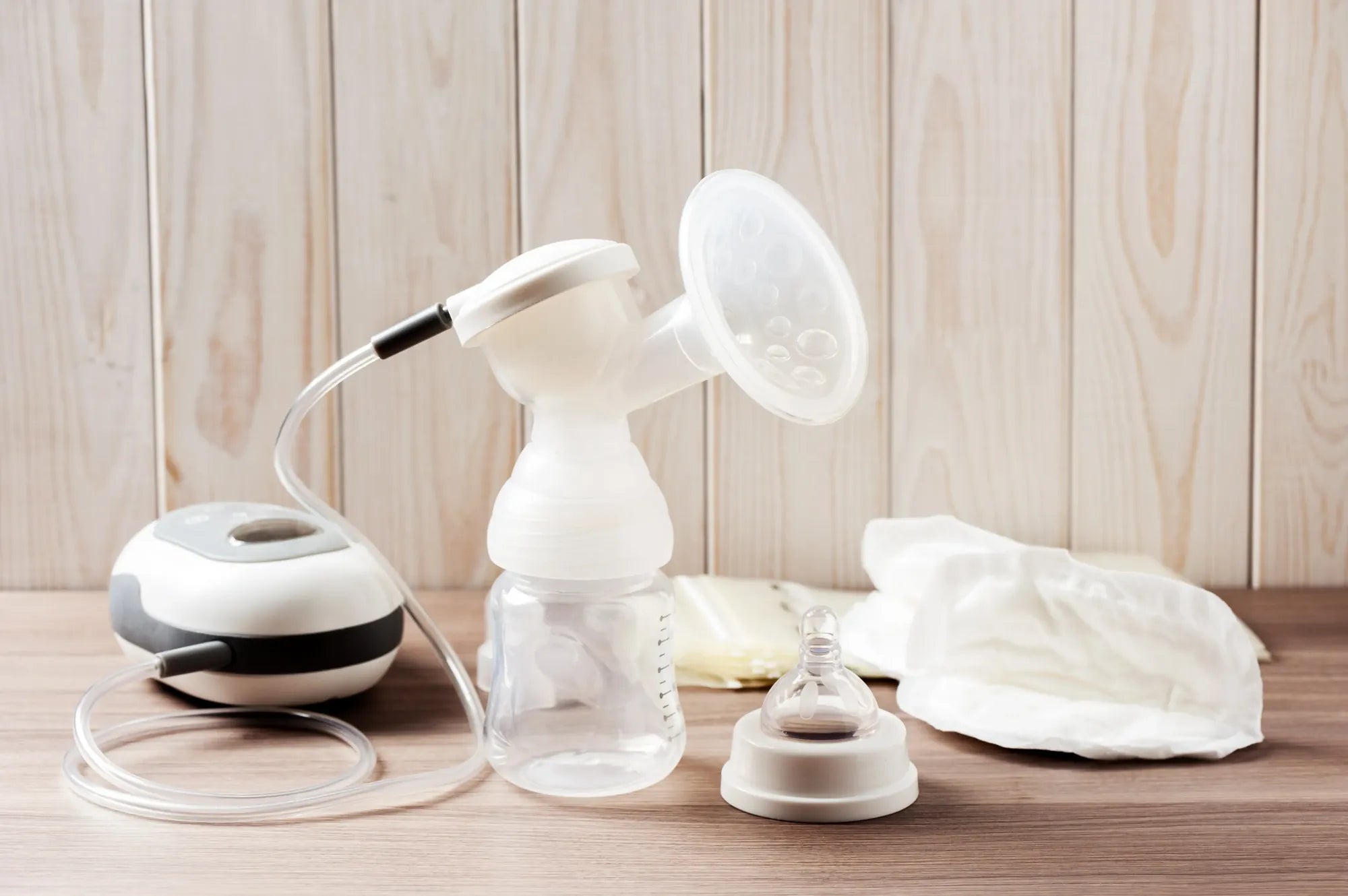Inicio
Pregnancy, Breastfeeding, and Pumping: The Ultimate Guide for Moms
What Can Help Breast Pain During Pumping: Effective Solutions

What Can Help Breast Pain During Pumping: Effective Solutions
Breast pain during pumping is a common concern for many individuals, whether they are new to pumping or have been doing it for a while. The discomfort can range from mild tenderness to severe pain, making the experience stressful and discouraging. Fortunately, there are several strategies and techniques that can help alleviate breast pain during pumping, ensuring a more comfortable and efficient process.
Understanding the Causes of Breast Pain During Pumping
Before diving into solutions, it is essential to understand the potential causes of breast pain during pumping. Identifying the root cause can help in addressing the issue more effectively. Common causes include improper flange fit, incorrect pumping technique, engorgement, blocked milk ducts, and even stress or tension. By pinpointing the underlying issue, you can tailor your approach to find relief.
Ensuring Proper Flange Fit
One of the most critical factors in preventing breast pain during pumping is ensuring that the flange fits correctly. A flange that is too small or too large can cause discomfort and even damage to the breast tissue. To determine the right size, measure the diameter of your nipple and choose a flange that matches. If you experience pain or notice redness or swelling, it may be a sign that the flange is not the right fit. Experimenting with different sizes can make a significant difference in comfort.
Mastering the Correct Pumping Technique
Using the correct pumping technique is another essential aspect of reducing breast pain. Start by ensuring that the pump is set to the appropriate suction level. Too much suction can cause pain, while too little may not effectively express milk. Begin with a lower suction level and gradually increase it to a comfortable setting. Additionally, make sure that the flange is centered correctly on the breast, and avoid leaning forward or slouching during pumping. Maintaining good posture can help prevent unnecessary strain on the breasts and back.
Managing Engorgement and Blocked Milk Ducts
Engorgement and blocked milk ducts are common issues that can lead to breast pain during pumping. To manage engorgement, try pumping more frequently or using warm compresses before pumping to encourage milk flow. Massaging the breasts gently can also help relieve discomfort. For blocked milk ducts, apply warm compresses and massage the affected area in a circular motion to help clear the blockage. Staying hydrated and maintaining a healthy diet can also support overall breast health.
Incorporating Relaxation Techniques
Stress and tension can exacerbate breast pain during pumping. Incorporating relaxation techniques into your routine can help alleviate discomfort. Deep breathing exercises, meditation, or even listening to calming music can create a more relaxed environment for pumping. Taking a few moments to unwind before starting the pumping session can make a significant difference in reducing pain and improving milk flow.
Exploring Alternative Pumping Methods
If traditional pumping methods continue to cause discomfort, consider exploring alternative options. Hands-free pumping bras can provide additional support and reduce strain on the breasts. Some individuals find that manual expression or using a different type of pump can be more comfortable. Experimenting with various methods can help you find the one that works best for your needs.
Seeking Professional Guidance
If breast pain during pumping persists despite trying various strategies, it may be beneficial to seek professional guidance. A lactation consultant or healthcare provider can offer personalized advice and support. They can assess your pumping technique, flange fit, and overall breast health to identify any underlying issues. Professional guidance can be invaluable in finding long-term solutions and ensuring a positive pumping experience.
Prioritizing Self-Care and Rest
Finally, prioritizing self-care and rest is crucial in managing breast pain during pumping. Ensuring that you get enough sleep, staying hydrated, and eating a balanced diet can support overall breast health. Taking breaks when needed and not overexerting yourself can also help reduce discomfort. Remember that your well-being is essential, and taking care of yourself can positively impact your pumping experience.
Breast pain during pumping can be a challenging issue, but with the right strategies and techniques, it is possible to find relief. By understanding the causes, ensuring proper flange fit, mastering the correct pumping technique, and incorporating relaxation methods, you can create a more comfortable and efficient pumping routine. Exploring alternative methods and seeking professional guidance can also provide valuable support. Prioritizing self-care and rest is essential in maintaining overall breast health and ensuring a positive pumping experience. With these tips, you can alleviate breast pain and focus on the joy of providing for your little one.
Compartir
